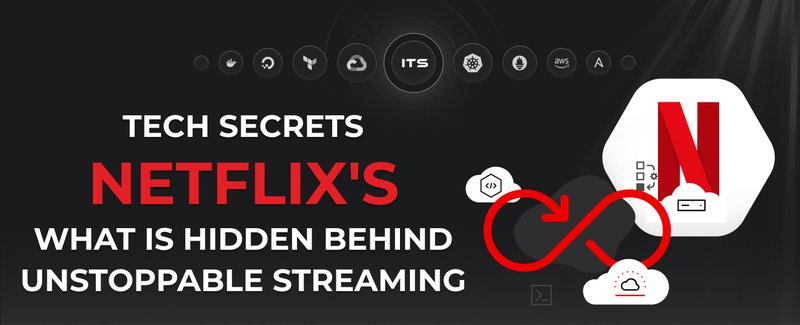Our story starts with an online retail site famous for its unique products, print quality, and quick shipping. Initially, its single, unified system managed everything efficiently. But as the business expanded, the system began struggling and wasn't using its resources effectively.
The initial dive: recognizing the gaps
As with most of our projects, it all started with a simple request, - “I need my application to run smoothly, and there was always someone to respond to the problem!”
Our first touchpoint revealed a platform trapped in its own success.
- High traffic spikes, especially when marketing campaigns were carried out, and well-known problems on Black Friday.
- Burgeoning development and test team led to more than six replicated monolithic test environments.
- Manual testing dominated, automation was sparse, and the architecture needed a solid reboot.
- The project needed to be dockerized, which complicated the development and support process.
And much more, it was a whole set of surprises - Pandora's box, which we learn about up to today.
But as I said, it all started with monitoring and round-the-clock support. It was this experience that gave us the opportunity to understand better the business, project, application, and infrastructure in general! A great start to an incredible journey!

Strategic reshaping: laying down the blueprint
Our approach wasn't just tech-driven; it was business-centric. In close collaboration with the client's team, we zeroed in on the root causes. Personal interactions, workshops, and our solution architect's expertise were pivotal. They mapped out the transformation from monolithic to microservices, ensuring the platform was poised for both present needs and future growth.
This transition was supposed to help us solve many problems simultaneously, but we still remembered the challenges. To mitigate the complexity of such migration - DevOps comes into play. This practice connects the work of developers, testers, infrastructure, and business. That is what we are good at.

Scalability: Monolithic applications often face scalability issues. Kubernetes allows you to automatically scale applications based on load, providing better performance for any traffic.
Rapid deployment: With containers and Kubernetes, deploying new application versions or making changes is much faster and more reliable.
Component Independence: Moving to microservices allows you to develop, test, and deploy individual parts of an application independently of each other.
Resiliency: Kubernetes provides high availability by redirecting traffic from non-working components to working ones, minimizing downtime.

Resource Optimization: Kubernetes efficiently uses server resources by balancing the load across containers.
Environment Unification: Containerization provides a unified and stable environment for development and production, reducing issues with testing and developing the application.
Automation of routine tasks: Kubernetes can automatically restart containers, update applications, create backups, and more.
Security: Container isolation reduces security risks. If one of the microservices becomes vulnerable, this does not necessarily spread to the entire application.

Yeah, but remember that Kubernetes is an optional project attribute. But, it is an ideal solution in our case.
The migration dance: balancing the old and the new
Transitioning wasn't just a technical process but a strategic endeavor. We offloaded the legacy baggage but concurrently developed new features. Kubernetes autoscaling was at the heart of this transformation, ensuring seamless scalability without escalating costs. Every microservice addition and infrastructure tweak was aligned with two key goals: bolstering performance and optimizing cost efficiency.
Considering that the project is constantly developing and new business tasks arrive every week, we proudly overcame all the difficulties, which helped the project reach a new level. All our new applications are immediately containerized and added to our cluster, ensuring excellent work and team communication.
It is important to understand that Kubernetes is not just a cluster of servers. It is a whole world in which DevOps, like a god, creates and sets his own rules. Proper allocation of resources and division into groups, nodes, and pods - this is just the tip of the iceberg, but with the right approach, our world turns into a paradise for our application, where everything works with the precision of a Swiss watch.

Post-migration: the evolution continues
Our gaze was set on continuous refinement with the primary migration phase behind us. We worked on integrating cutting-edge services, embedding automated testing into the CI/CD pipeline, and fine-tuning the monitoring mechanisms. The focus? Consistent performance enhancement and cost management. Exactly what the business needs; there is always room for improvements, especially if the project lives and develops!
You may be confused; - Well, the work is done, and the whole project is handed over. But remember that infinity icon always next to the word - DevOps? We're back to where we started, monitoring! At this stage, our cloud engineers fine-tune the limits in Kubernetes. Our eye was set on continuous refinement with the primary migration phase behind us, choosing the right type of servers and reserving them to reduce costs in the long term.

The answer is both simple and complex at the same time. The end will come when development ends, or the project is officially closed. Even after the completion of the development process, there will always be needed someone who will look after the project. These are machines, and they tend to break down. Even the most reliable car, sooner or later, needs to change the oil, rubber, and components, and projects aren't an exception. Even after development, it needs to be maintained.

The post-intervention period saw the platform achieve soaring heights. Enhanced user experiences, faster feature deployments, and significant cost savings became the new normal. But beyond these metrics, the seamless collaboration, combined with the power of Kubernetes autoscaling, truly defined this success story.
To conclude, in the world of business acceleration, while technology provides the tools, strategic application, collaboration, and continuous refinement genuinely drive success. This case with our client stands as a testament to that ethos.
Docker commands and Dockerfile usage for running containers on a local machine
Docker commands and Dockerfile usage for running containers on a local machine
Netflix tech stack for powering streaming backend and cloud solutions





